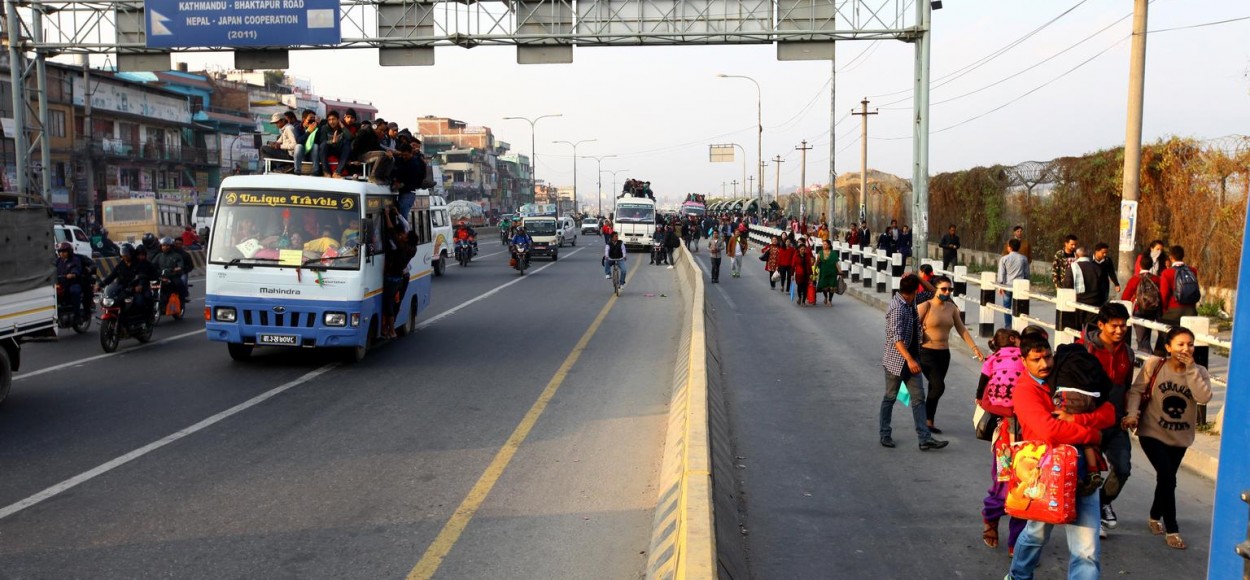

The COVID-19 pandemic has showcased the critical role of transport services in our cities. It has also shown how challenging, yet important, it can be to maintain transport in an uninterrupted manner, reaching all residents including those previously unserved or with limited access. Post-COVID-19, cities will have to promote more sustainable pathways, in which economic development is decoupled from private motorization – in order to enhance the cities’ resilience of future crises. We have a window of opportunity to learn from the current pandemic and to build back better by making mobility more responsive to crises. This session will discuss how cities can future-proof their mobility systems and become stronger to address climate change, air pollution, road fatalities and future pandemics. Only then, the world will be able to achieve the SDGs, particularly the ones with strong relevance for transport such as good health (SDG 3), sustainable urbanization (SDG 11), and climate (SDG 13).







No one has commented on this page yet.
RSS feed for comments on this page | RSS feed for all comments